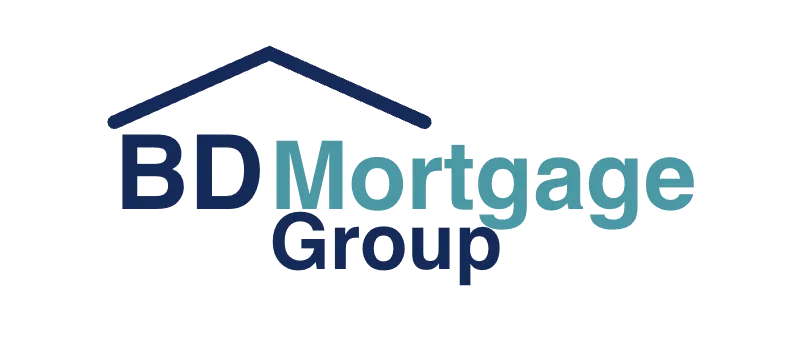VA Funding Fee & Other Costs
Most VA IRRRLs include a VA funding fee set by the VA. It’s often smaller than other VA programs and can usually be financed into the loan, but it’s still real money. You’ll also have closing costs (lender, title, recording, etc.). We lay these out early so you can decide whether the trade-off feels worth it.
